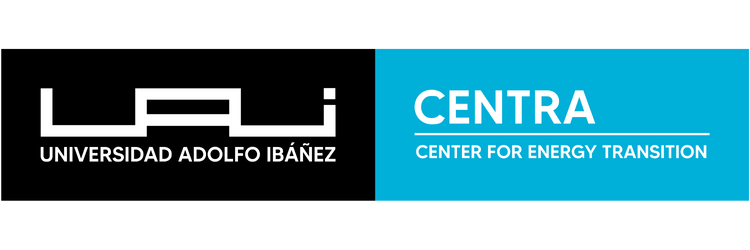Analysis of the Integration of Long-Duration Energy Storage Systems into the National Electricity System
Executive Summary
Chile is advancing through a deep energy transition with the goal of achieving carbon neutrality by 2050. This requires progressively replacing fossil fuels with renewable energy and electrifying transport, heating, and industrial processes. However, the natural variability of these renewable sources across hours and days makes it essential to have storage systems that can balance generation and consumption, make use of daytime solar surpluses, and ensure supply during periods of low renewable production.
In recent years, Chile has experienced explosive growth in battery energy storage system (BESS) projects. Today, around 2 GW are in operation and several additional gigawatts are under construction, positioning the country as a regional leader in this technology. BESS have begun to play a key role in renewable energy integration, helping reduce curtailment and improving system flexibility. However, BESS—typically designed for 4 to 6 hours of autonomy—are not sufficient to handle prolonged periods of low wind or solar generation, nor to guarantee continuous supply for industries seeking to operate with zero-emission energy portfolios. In this context, Long-Duration Energy Storage (LDES) emerges as the next technological frontier to manage multi-day variability, strengthen system adequacy, and make a 100% renewable power system feasible.
LDES development in Chile is practically nonexistent, reflecting a structural issue that reinforces previous diagnoses: although these technologies can complement BESS expansion and enable a more flexible and resilient system, the current regulatory and market framework does not adequately recognize or compensate their system-wide benefits. This lack of valuation results in a viability gap between the technical value LDES provides to the system and the private returns perceived by investors, which limits investment signals and hinders project development. As a result, critical questions persist regarding the role of LDES in Chile’s energy transition and the institutional and market conditions required for their efficient deployment.
This challenge was addressed through the CENTRA–EDF Power Solutions Chile Industrial Research Chair, which aimed to provide technical and economic evidence to guide the development of LDES in the country. From this perspective, the project explored key questions related to the convenience of integrating these systems into the National Electricity System, the market conditions needed to make investment viable, and the feasibility of complementary business models.
To answer these questions, the research chair structured its work into two complementary lines of inquiry. The first evaluated the system value of LDES in expansion planning and their economic value in system operation using the Switch 2.0 optimization model. This included integrating time series longer than 24 hours into expansion planning to capture inter-day renewable variability, and applying a two-phase optimization methodology for pre-dispatch and dispatch—replacing current merit-order lists—to quantify the private profitability of projects under a potential future operating scheme of the National Electricity System. The second line explored the feasibility of multipurpose business models for a pumped-storage plant (PSP) in Antofagasta, simulating risks and synergies between desalinated water sales, agricultural development (oasification), and tourism using an Agent-Based Model (ABM).
The main findings show that LDES deliver significant system value for expansion planning, estimated between USD 269 and 632 million, primarily through reduced operational costs. It was demonstrated that, with a modernized dispatch scheme using a multi-day optimization horizon, LDES projects are financially attractive, achieving an average Internal Rate of Return (IRR) of 16%. Key risks identified for system value and project performance include unplanned over-deployment of BESS and delayed entry into operation (after 2033). Regarding complementary business models, the study found that the agricultural option (oasification) is the most resilient, while water sales are constrained by high logistical costs and tourism should remain a secondary activity. The viability of these complementary businesses fundamentally depends on strategic partnerships.
In conclusion, the study affirms that LDES are both strategic and viable assets for Chile, but their deployment requires concrete actions. It is essential to reform both Long-Term Energy Planning (PELP) and the Economic Dispatch operated by the National Electricity Coordinator, incorporating longer time horizons to properly value flexibility and close the revenue gap. Action must be taken within a limited window of opportunity, before faster-to-deploy solutions crowd out LDES due to their slower development timelines. Finally, the study recommends promoting multipurpose PSP projects that combine energy generation with desalination for agricultural development, supported by strategic alliances that ensure long-term sustainability.
